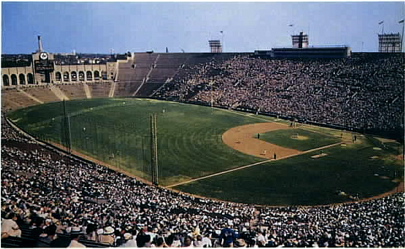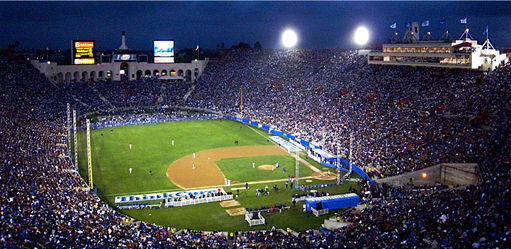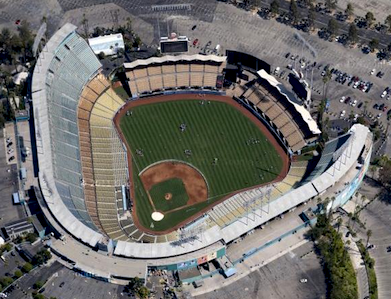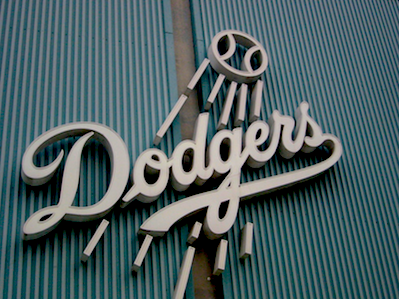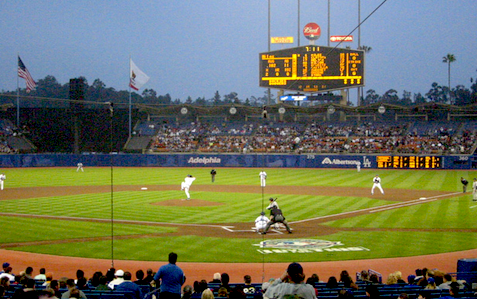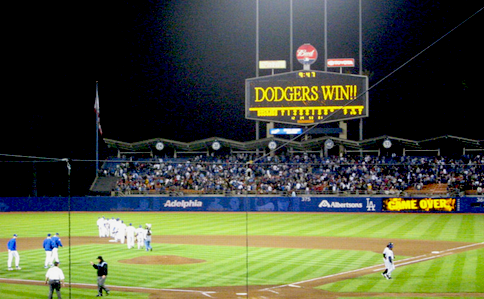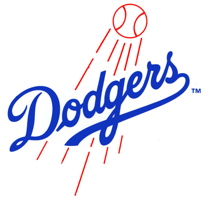
Leaving Brooklyn
He could have taken the Dodgers a few miles to where Shea Stadium is, but he tookthem 3,000 miles. We had a vote among the eight top people in the front office, and
the vote was eight to one not to go to California, but the one vote was Walter's.
-- Buzzy Bavasi, 2007

